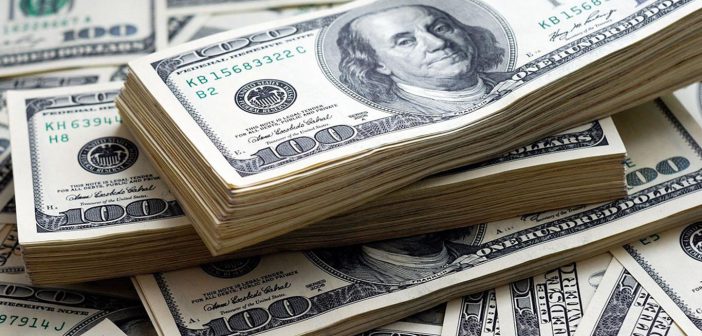
The hodgepodge of currency controls put in place in Argentina is likely in its last days. Libertarian, Javier Milei, and pro-business, Patricia Bullrich, two of the main contenders vying for Argentina’s Presidency in a first round of voting, have vowed to do away with the myriad of different exchange rates that co-exist.
For years, the country has restricted the peso’s daily decline through currency controls, and import restrictions to protect dwindling reserves. One dollar fetches 350 pesos on the official rate, which is used to import products such as pharmaceuticals, while it goes for 950 pesos on the black market-down almost 40 percent since mid-August, when the government last devalued the official value after Milei’s surprise showing in the primary election.
The ruling coalition, represented by Economy Minister, Sergio Massa, has already begun dialling back on some of the more niche rates it implemented, which included the “Coldplay dollar” – for concert organisers – and the “Malbec dollar” – for agriculture exports.
Milei has vowed to scrap the local currency altogether, replacing it with dollars. Some economists warn it would fuel a temporary spike in inflation that is already running at over 138 percent.
A devaluaton is “already overdue” and will likely reach as much as 50 percent from current official levels, said Alberto Ramos, chief economist for Latin America at Goldman Sachs Group Inc. “The trend is for the peso to continue to depreciate, and once dollarisation is announced or confirmed, it should depreciate even further”.
Here’s a quick rundown of the most commonly used rates in Argentina:
- The official rate 350 pesos per dollar: Argentina’s official exchange rate is highly restricted. Individuals can only legally exchange pesos at a bank at the official rate for no more than US$200 a month and must pay three taxes that double the cost. Economists are forecasting a sharp devaluation of the official rate after the nation’s elections on October 23rd.
- The “Blue” 980 per dollar: The most-commonly accessed rate among Argentines, the “dólar blue” is a free-floating, all-cash exchange rate you can get in black-rooms of stores, newspaper stands or in inconspicuous offices – or a contact willing to exchange dollrs for pesos, sometimes requiring large shopping bags of backpacks to carry wads of local notes.
- The Blue-Chip 932 per dollar: Argentina has also a free-floating exchange rate for investors who buy stocks and bonds. For local transactions, an exchange rate known as “Dólar MEP is used, while the blue-chip swap rate, or “Dólar CCL”, is utilised for operations that finished abroad – providing an approximation rahter than a clear benchmark.
- The “Tourist” dollar 735 per dollar: Argentines are charged three separate taxes that amount to 100 percent on top of the official exchange rate, when they use their Argentina-based credit or debit card to make a purchase in a foreign currency, a strategy by the current government to discourage spending abroad.
- Luxury dollar 700 per dollar: Well-to-do Argentines, who buy luxury goods including private jets, sports cars, yachts, watches and top-shelf alcohol, need to pay additional levies of nearly 100% on top of the price of the imported goods.
- Tech incentives: Tech companhies can retain 30 percent of the dollars from sales abroad, instead of having to exchange them into pesos.
SOURCE: www.batimes.com.ar
